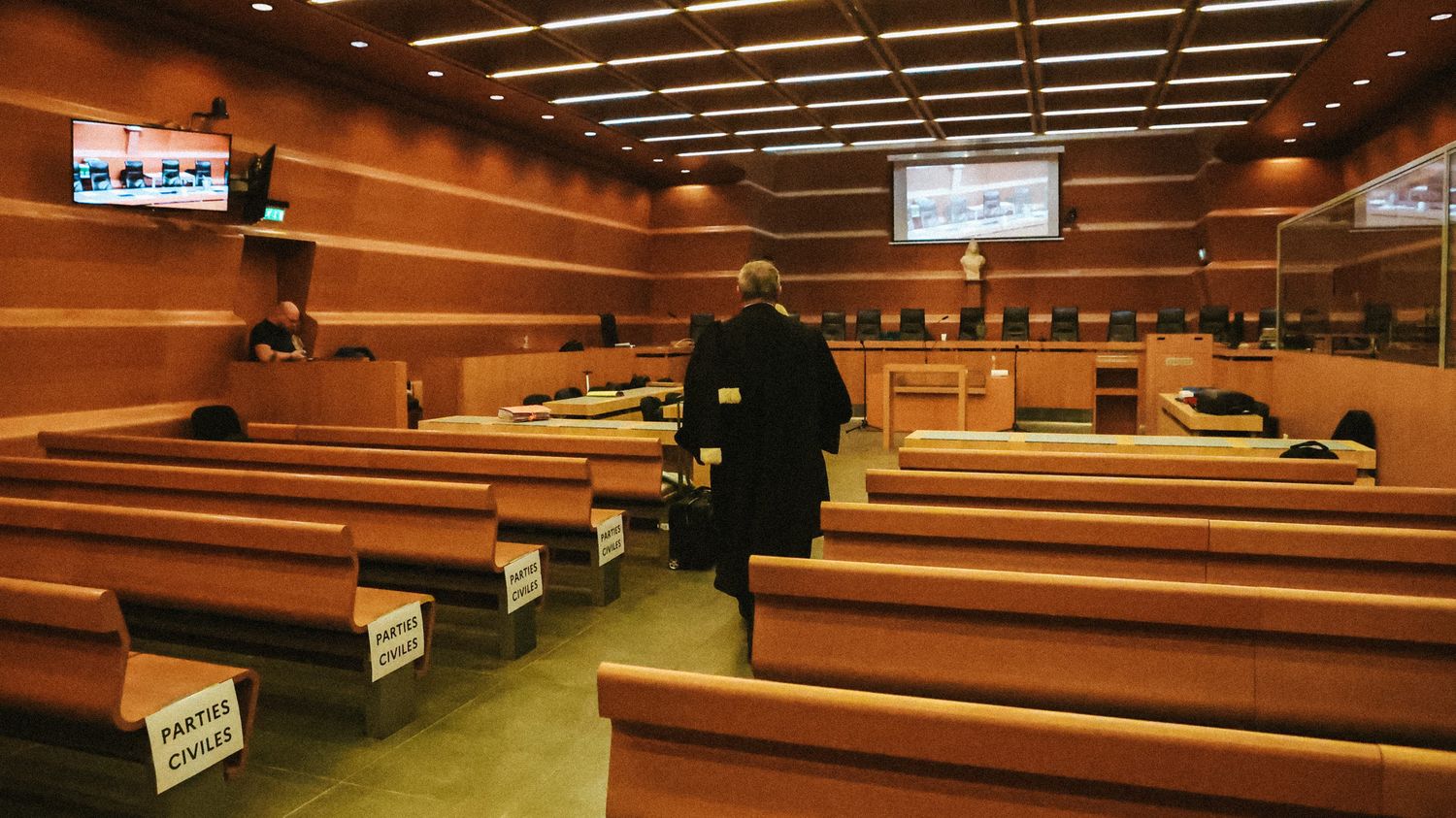The Mazan rape case illustrates the issue of broadcasting images during a trial. Beyond this file, viewing may involve risks for civil parties, magistrates and lawyers who do not always share the same opinion on the issue.
Published
Reading time: 4 min

Should we broadcast the most sensitive images to the audience? This question resurfaces during the Mazan rape trial, currently before the Vaucluse criminal court. Photos and videos showing rape of Gisèle Pelicot were shown on Thursday September 19, causing some unease in the room. The next day, the president of the court decided that the viewing of images would no longer be “systematic”, but would be done “at the request of one or more parties”, without the press and the public. Franceinfo interviewed justice professionals to better understand the issues surrounding this question.
“We are not obliged to show everything to the public, the public is not a party to the trial, slice Dominique Coujard, honorary magistrate and former president of the Paris Assize Court, interviewed by franceinfo. We can comment on what we saw, we can describe it. Lawyers have complete freedom to do so. But you can see that shocking images, or images that could be broadcast without any restraint, can also be extremely traumatic for the civil parties.”
Each party to the trial may request to broadcast images, videos or audio recordings in the room. And it is up to the president of the assize court, or of the criminal court as in the case of the Mazan rapes, to accept this request or not. Because it is up to the president to ensure that the debates run smoothly, what we call the audience police. “I have already seen people get up to rush towards the accused or towards the court,” remembers the magistrate.
“The objective is always to ask the question of whether this brings anything to the audience, estimates Aurélien Martini, vice-prosecutor of the Melun judicial court. Is this in the direction of manifesting the truth? If this is the case, it should undoubtedly be done by measuring it in relation to the possible damage suffered by the public, by the civil party, etc. If the minutes, for example, are sufficient in themselves, there is no reason to show voyeurism or an excess of wanting to show absolutely everything.” analyzes the one who is also deputy general secretary of the Union of Magistrates (USM).
Prior to a trial, any photo, video or sound documents in a file are the subject of reports from the police, which describe their content in more or less detail. “Is it possible to communicate the video only to the jury? There must be a way to put a screen in front of the jurors, and not necessarily in front of the public.”argues Dominique Coujard.
“The video itself necessarily conveys something that a description cannot communicate.”
Dominique Coujard, honorary magistrateat franceinfo
“I am quite in favor of those who make the decision [de juger] have all the elements in their possession”, defends for her part the criminal lawyer Caty Richard, for whom the crucial question is summarized as follows: “Where does transparency end and voyeurism begin?” She wishes that “the public, who is in the courtroom as long as the case is not behind closed doors, is aware of what also motivated the court’s decision. Transparency allows for understanding.”
But transparency cannot be the only compass, particularly in child pornography or child crime cases. “We wonder under what conditions we can authorize or not allow certain images to be seen to understand what happened, recalls the lawyer. But we should also not go in the direction of a demonstration of child pornography. In other cases, the question does not necessarily arise morally. It’s a matter of choice on a case-by-case basis.”
The decision to view images also arises in matters of terrorism, as most recently in the context of the attacks of January 2015. “At the trial of jihadist Peter Cherif, an express request was made to broadcast images of the killings in the Charlie Hebdo offices, where we see the Kouachi brothers,” says lawyer Caty Richard.
“Do we need to have images to say that the Charlie Hebdo killings are an extremely serious event? I’m not absolutely convinced of that.”
Aurélien Martini, vice-prosecutor of the Melun courtat franceinfo
“It’s tricky because you can have a different judgment depending on whether, for the same facts, you watch a video or you don’t see one, observes Aurélien Martini. A file is not more serious because there are images, that’s the difficulty. You have to try to break away from it.”
In the Mazan rape case, Gisèle Pelicot’s lawyers are demanding that all photos and videos implicating the accused be viewed, despite the contrary decision of the president of the court. “For this society to change, we must have the courage to confront what rape really is, in a case where it is exceptional to have precisely the precise and real representation of what rape is. And not just a description on a report.”declared last Friday Stéphane Babonneau, one of Gisèle Pelicot’s lawyers.
